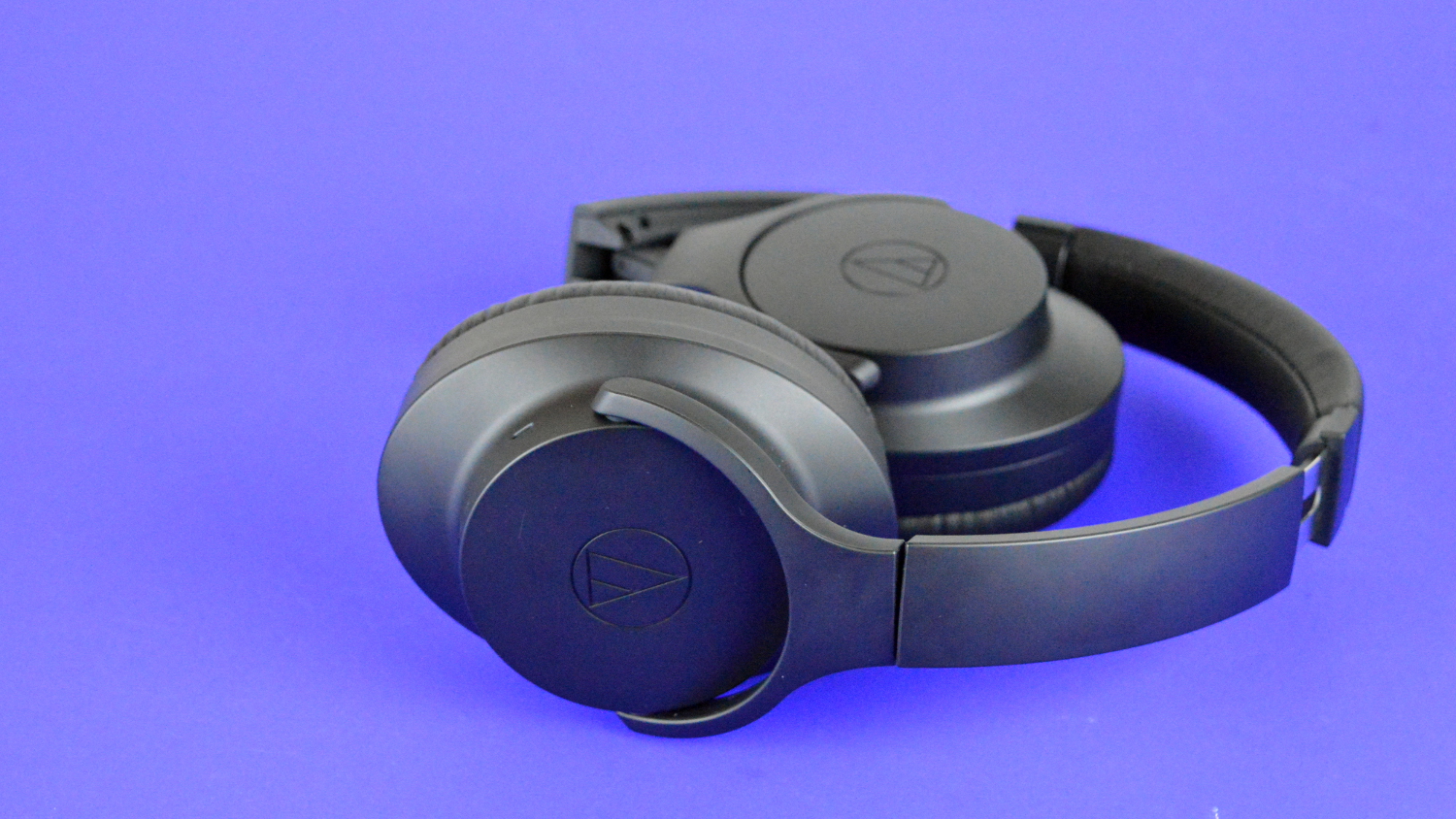A great pair of over-ear headphones can make or break your listening experience. Good over-ear headphones are comfortable, sound great, and have a nice design. Bad ones, however, can have a sub-par sound quality, get uncomfortable quickly, and have a heavy, bulky design.
There are a number of things to consider when buying a new pair of over-ear headphones, but not everything will be equally important to you. Still, it’s a good idea to be aware of the different aspects of a pair of over-ear headphones to find the best pair for you.
Here’s everything you need to consider when buying a pair of over-ear headphones.
Wired or wireless
Perhaps the first thing to consider is whether you want a pair of wired headphones, or wireless headphones. Wireless headphones will generally offer a little more convenience than wired headphones. With wireless headphones, you can turn your headphones on and they should connect to your listening device — which you can then keep in your pocket without having to deal with wires everywhere.
Of course, there is an advantage to wired headphones. For starts, wired headphones generally have a superior sound-quality — though as wireless tech gets better that’s likely to change. Most average listeners won’t be able to tell the difference in sound quality, though audiophiles with a trained ear might.
There are other factors that might impact your decision between wired and wireless headphones. For example, if your headphones are wireless, you’ll also need to make sure they’re regularly charged so that the battery doesn’t run out. On over-ear headphones, battery life can range anywhere between 12 hours on the low end, to 30 hours or more on the high end — and if you’re not great at remembering to keep things charged up that may be an important consideration.
Ultimately, it’s a choice between sound quality and convenience. If you’re an average listener, then we recommend going for a pair of wireless headphones. If, however, you’re an audiophile that wants the highest sound quality possible, then a pair of wired headphones are the way to go.
Open or closed
The vast majority of consumer headphones these days are closed-back, meaning that they’re built to keep the music on the inside of the headphones, and keep outside noises out. That’s good for most listeners. Who wants to hear every noise that’s going on around them when they’re trying to listen to music, after all?
But there is a major advantage to open-back headphones — and that’s sound quality. Open back headphones make for a more natural sound, with a wider soundstage. Because of that, we recommend that audiophiles who will be doing most of their listening in a quite environment at home get open-back headphones.
Everyone else, on the other hand, should instead opt for closed-back headphones. If you’re not sure whether a pair of headphones is open-back or closed-back, it’s probably closed-back. Generally, manufacturers advertise when a pair of headphones are open-back.
Noise cancellation
Noise cancellation has become increasingly common over the past few years, and it’s gotten a whole lot better too. Having said that, most audiophile headphones don’t include noise cancellation because of the fact that it has an impact on the overall sound-quality — which isn’t ideal when you’re trying to achieve the best sound possible.
Still, it’s a pretty handy feature to have if you plan on using the headphones for things like flights and travel. Noise cancellation has gotten good at drowning out airplane engines and other drones.
If you travel a lot or plan on using your headphones for travel, we recommend looking for a pair of good noise cancelling headphones. Even if you don’t plan on traveling it can be a handy feature to have. If, however, you’re an audiophile that wants the best sound-quality possible, then its a good idea to avoid noise cancellation.
Driver type
While most headphones come with dynamic drivers, some more expensive headphones will swap out those dynamic drivers for planar magnetic drivers, or electrostatic drivers. These will offer things like enhanced detail and a much better sound-quality — but the trade-off is that they’re more expensive to produce, and thus more expensive to buy.
You can read more about the different types of headphone drivers here.
Frequency range
Frequency range is essentially the range of frequencies that a pair of headphones are capable of producing. Generally speaking, advertised frequency range isn’t a metric you should pay too much attention too. Often, manufacturers simply list frequency range as 20Hz – 20kHz, which is the range of human hearing. It’s a better idea to rely on your ears than the advertised frequency range.
Impedance
Impedance essentially refers to the amount of power required to deliver sound. But it’s not always a better idea to go for lower impedance headphones that work with more devices. High impedance headphones are generally better at producing a clear sound with little distortion and accurate bass. To use them, however, you’ll often need a headphone amplifier, which makes high impedance headphones really only a good choice for using at home.
If you’re looking for the best sound quality you can find, a pair of high impedance headphones is a good way to go — though you will need to buy a headphone amplifier too. If, however, you’ll be using your headphones with your phone or computer, then a low impedance pair of headphones that come in at around 25Ω or less, might be better.
Conclusions
There are a number of things to consider when buying a new pair of over-ear headphones, but hopefully, with your new-found knowledge, it’ll be a little easier to find the right pair. If it’s not, we recommend figuring out the headphones that you want by following these steps.
First, decide whether you want a pair of wired headphones or wireless headphones. If you go for wireless headphones, get a closed-back pair of headphones with dynamic drivers, and possibly noise cancellation too. If you go for wired headphones, then decide whether you’re willing to shell out for audiophile headphones, or just want a decent pair for normal use. If you’re an audiophile, it’s worth looking for a pair of open-back headphones with either planar magnetic or electrostatic drivers. If you’re an average user, get a pair with dynamic drivers and plenty of padding for extra comfort.


